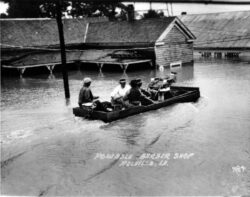Disasters
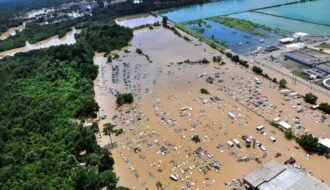
2016 Floods
A rainy weekend in August 2016 unexpectedly left behind more than three times the amount of rain dropped by Hurricane Katrina, damaging 146,000 homes in fifty-six of Louisiana’s sixty-four parishes.

A rainy weekend in August 2016 unexpectedly left behind more than three times the amount of rain dropped by Hurricane Katrina, damaging 146,000 homes in fifty-six of Louisiana’s sixty-four parishes.
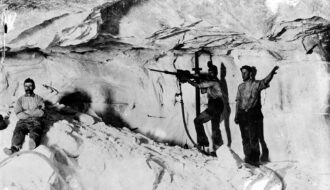
Once one of the most productive salt mines in the country, the Belle Isle Salt Mine was the site of numerous deadly accidents.

Located along the Mississippi River in southeast Louisiana, Cancer Alley is home to the highest concentration of heavy industry in the United States, with residents reporting high rates of cancer, heart disease, respiratory illnesses, and autoimmune disease.

A late-season hurricane struck Cheniere Caminada in early October 1893, becoming one of Louisiana’s deadliest hurricanes.
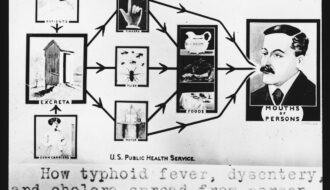
During the nineteenth century, cholera epidemics caused tens of thousands of deaths throughout the state of Louisiana.

The gradual loss of Louisiana’s coastal wetlands is a slow-moving disaster largely set in motion by a series of human interventions in natural processes.

For a state experiencing land loss at an alarming rate, coastal restoration has become an urgent need.

The 2010 BP spill was one of the worst environmental disasters in US history.
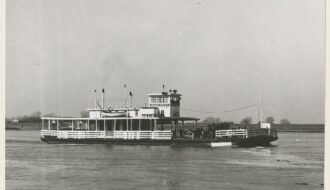
The 1976 George Prince ferry disaster between Destrehan and Luling was the deadliest ferry disaster in US history and a touchstone for a new set of safety protocols for ferry travel.
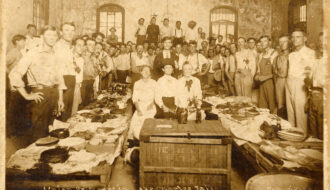
Labor union meeting results in death and arrest of timber workers.
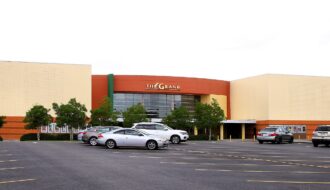
The Grand 16 Theater Shooting was a 2015 mass shooting in Lafayette that left three dead and injured nine, catapulting the city into a national discussion about gun control.
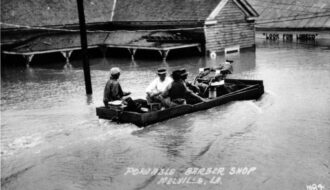
The Flood of 1927 inundated nearly 26,000 square miles in 170 counties and parishes in seven states, driving an estimated 931,159 people from their homes.
One-Year Subscription (4 issues) : $25.00
Two-Year Subscription (8 issues) : $40.00
